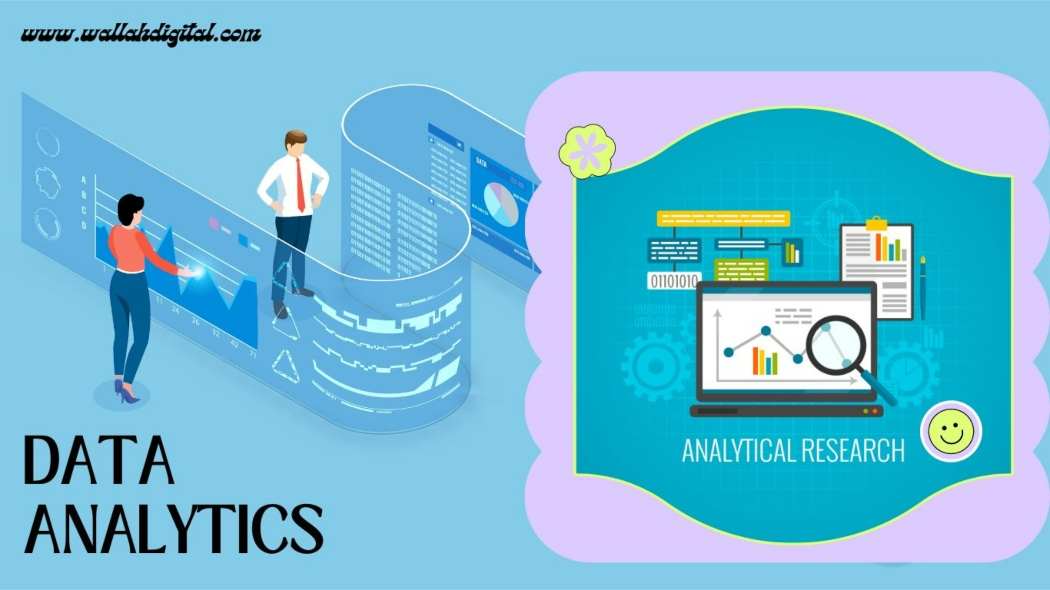Data analysis is a method of analysing the data that is used to create a report or account combination to show results and make recommendations for improvement. It is different from other forms of marketing research because it is not about just collecting data but also putting it together and presenting it in ways that update consumer decisions.
Data is an essential resource for any business. It’s the information that makes a business stand out, the data that can be helpful to analyse and understand the impact of company operations. And the interaction between customers and suppliers. In today’s split world, businesses need to find new ways to drive growth and increase their productivity while staying compliant with regulatory requirements.
Data analytics is one of these new ways to grow your business. Data analytics is no longer just about production processes or inventory levels; it’s about more than that. According to BusinessWeek, data has become a new holy grail for start-ups because it enables marketers to get a better sense of their target audience. And provide relevant content at a much higher resolution than before. Moreover, due to the amount of digital technology available today, businesses can now influence digital platforms like social media, online video, and mobile apps to achieve greater reach and keep their customers.
How to use Data Analysis to grow your business?
The key to growing your business with data is to train your people to use data analytics before they start work. As data analytics is not only about collecting data but also about analyzing it and presenting it in ways that inform consumer decisions. Once your people are trained on the data analytics method, you can increase their productivity by using it in production. And you can also increase customer satisfaction by repeating this process in your development centre.
Benefits of Data Analytics
These are some of the benefits associated with data analytics. Data analytics helps you optimize your product and service offerings. It can help you understand your customer journey and make better contributions in order to improve their experience. Data analysis helps you identify which activities have the biggest impacts on your bottom line and are worth repeating. Data analytics can also help you identify opportunities to improve your offerings. That has been overlooked or underappreciated by current customers or stakeholders.
How to apply data analytics to your company
Before you can use data analytics in your business, you must first understand why you want to and what impact your existing activities have on the market and the business world at large. The first step is to identify your weak points. Then, identify how data analytics can help you address these pain points. From there, you can design a data analytic plan and implement it to solve your pain points.
Strategies for growing with Data Analytics
There are several ways to use data analytics in your business.
The three most common ways are
- Continuous analytics
- Micro analytics
- Ad analytics
By using data analytics, you can directly influence your customers’ lives through the channels they regularly use. When a customer engages with your business, they expect certain types of information (like product details or sales figures) to be available in their language. By using data analytics, you can make those data types available in an assortment of different ways. Your business website can display language-specific pages that contain English language content. The customer support team can use a bot to speak your customers’ language. Your customer service staff can use an automated language- localization solution.
Data analytics is an essential part of growing your business with data. It can help you identify what activities have the biggest impacts on your bottom line and are worth repeating. Data analytics can also help you identify opportunities to improve your offerings. That has been overlooked or underappreciated by current customers or stakeholders.

